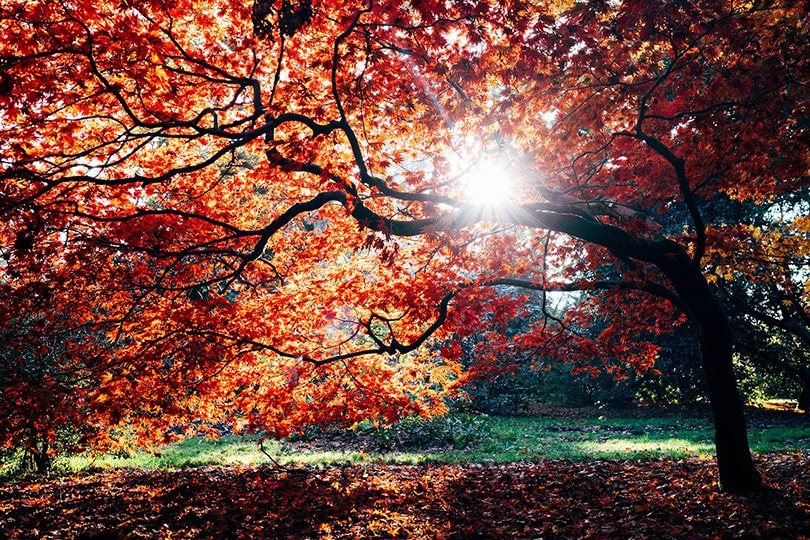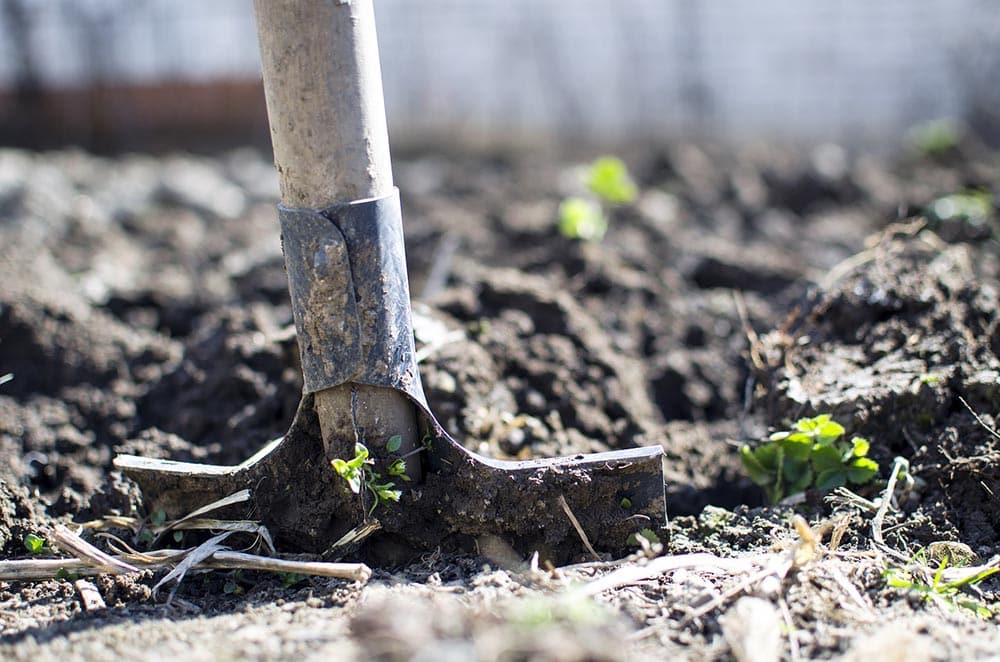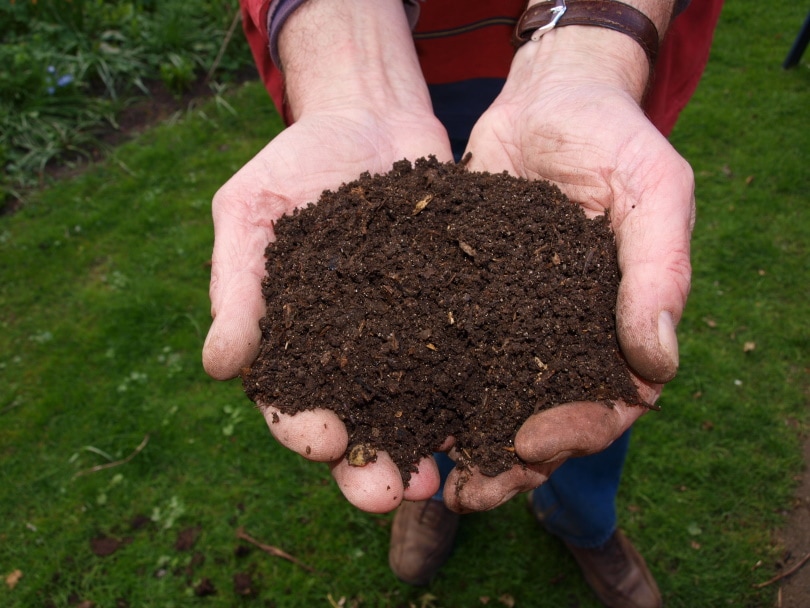How Fast Do Japanese Maple Trees Grow? 4 Expert Tips
-
Pete Ortiz
- Last updated:

The Japanese maple is a small, hardy, ornamental tree best known for its showy, reddish-purple foliage in spring and fall. There are over 300 varieties of the tree, and each species will have different tree shades, leaf forms, and colors. While most species grow as small trees, some types grow as multi-stemmed shrubs.
So, how fast does the Japanese maple tree grow?
Generally, Japanese maples have a slow to medium growth rate. Depending on the species, the tree can reach up to 25 feet tall and spread 20 feet wide upon maturity. They thrive in hardiness zones 5–8 and can increase in height by 12 to 24 inches (1 to 2 feet) each year. The height gained highly depends on the tree’s age.
Japanese Maple Trees Growth Rate

Growing Japanese maples is easy, provided you choose the right planting site. They prefer slightly acidic, well-draining soil and thrive best with regular watering patterns. Also, ensure the tree is protected from strong winds and receives filtered sunlight or partial shade. Because the trunk and branches are vulnerable to sunburns, go easy when pruning and only focus on dead or damaged branches.
Under the right conditions, Japanese maples will grow between 12 and 24 inches taller each year.
Generally, Japanese maples have a faster growth rate when young. The growth rate drastically decreases when they approach 15 years old and 10 to 15 feet tall.
The 4 Tips to Make Japanese Maple Trees Grow Faster
Compared to soft maples like silver maple or red maple, hard maple trees like the Japanese maple have a considerably slower growth rate. While it is improbable for a hard maple to shoot more than 24 inches in height annually, there are a few tricks to ensure maximum growth each season.
1. Test the Soil pH

Japanese maples grow best in acidic soil. Before planting, test the soil pH on your planting site and ensure it ranges between 5.1 and 7.8. If the soil is more alkaline or neutral, you can make it more acidic by adding ericaceous compost, leaf mold, sulfur, or pine needle mulch. Also, make sure you plant your trees in well-draining soil.
2. Transplant in Early Spring
Choosing the right time to transplant your Japanese maple trees is crucial. Ideally, it would help if you transplanted in early spring or late fall.
Before transplanting, inspect the tree’s roots keenly. You want to use a sterilized, sharp pruner to cut off roots growing outside the root ball to prevent girdling once the tree matures. You can also give your Japanese maples a good foundation by planting them with as much of their original soil as possible.
3. Maintain Slightly Moist Soil

Japanese maples love consistent moisture. Make sure you water immediately after transplanting to help the soil settle and the roots establish themselves in the ground. After that, water the trees 2 to 3 times weekly and ensure the soil remains slightly moist. Adding mulch can help reduce evaporation and maintain the perfect moisture levels that support the faster growth of Japanese maples.
4. Apply Fertilizer Every Spring
The best time to apply fertilizer is in spring, right after the peak growing season. You can replenish the nutrients in the soil using a slow-release granular fertilizer packed with nitrogen, phosphorus, and potassium.
Make sure the fertilizer has low nitrogen levels. While nitrogen can boost fast growth, your trees will likely grow weak branches vulnerable to disease and damage.
Conclusion
Japanese maples can add beauty to your yard with a pop of red-purple, gold, yellow, orange, or bright green hues. It’s hard to deny that the foliage is extra stunning, especially once the trees develop into round-shaped bonsais. Depending on your preference, you can grow the trees on the ground or in containers.
Generally, Japanese maples are not the fastest-growing maple trees. However, they have a lengthy lifespan and can outlive most humans with proper care. Under ideal conditions, the Japanese maples you plant today can live for up to 100 years!
Related reads:
- How Fast Do Olive Trees Grow
- How Fast Do Pine Trees Grow?
- Is My Japanese Maple Dead (5 Signs to Look For)
Featured Image Credit: Stefan Schweihofer, Pixabay
Contents


